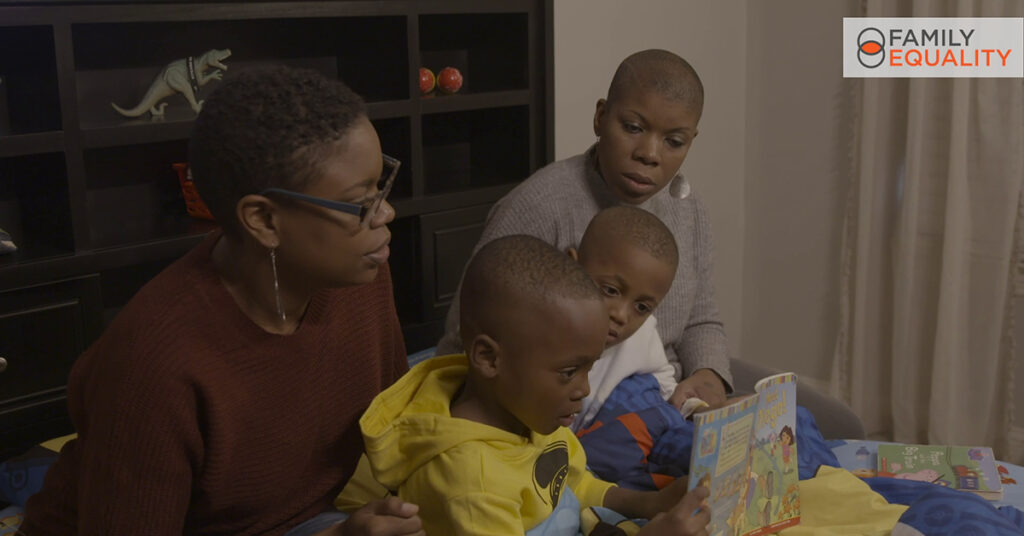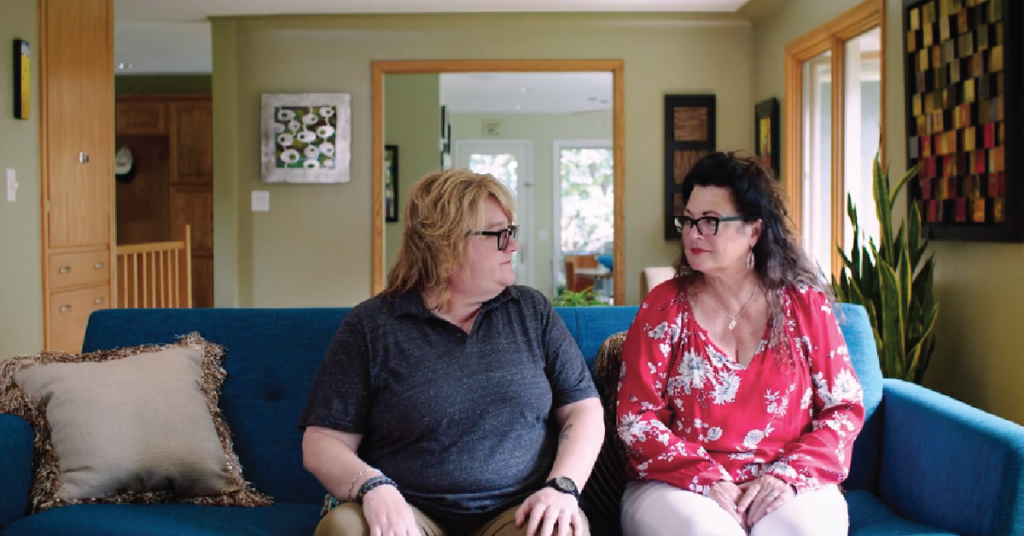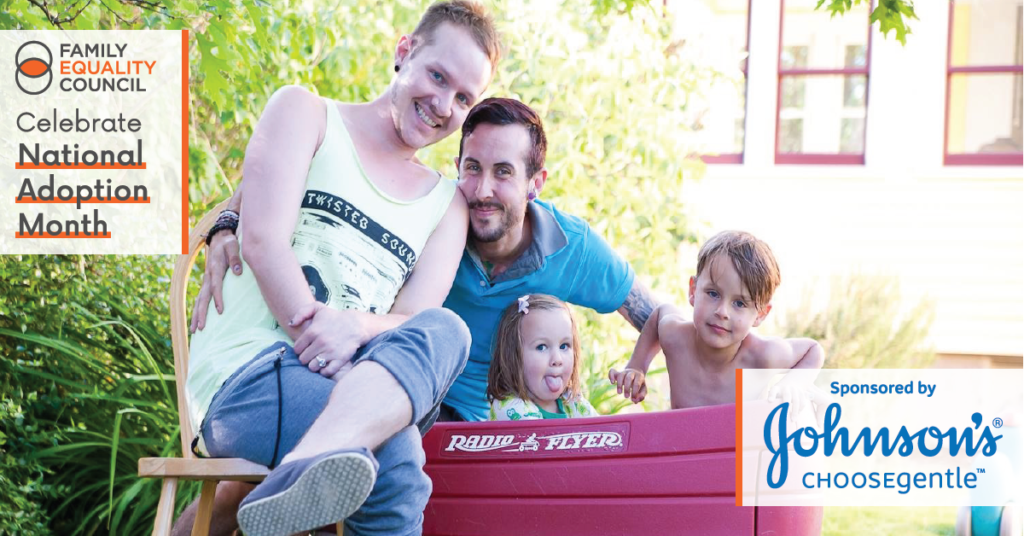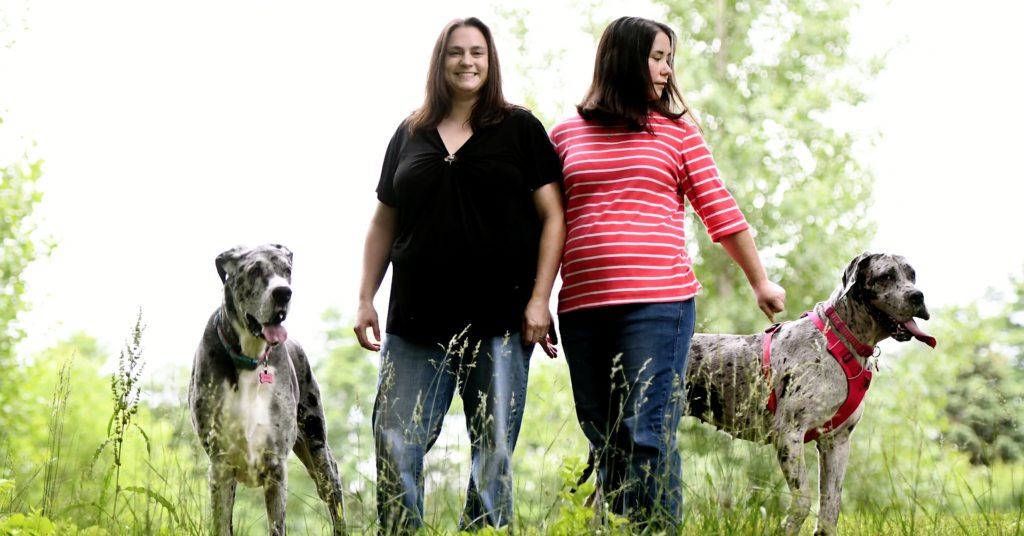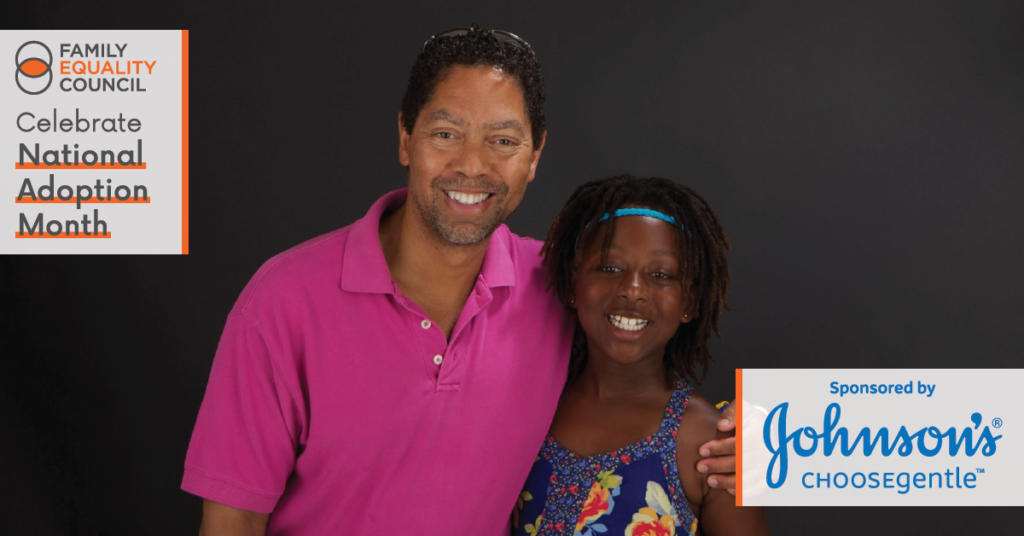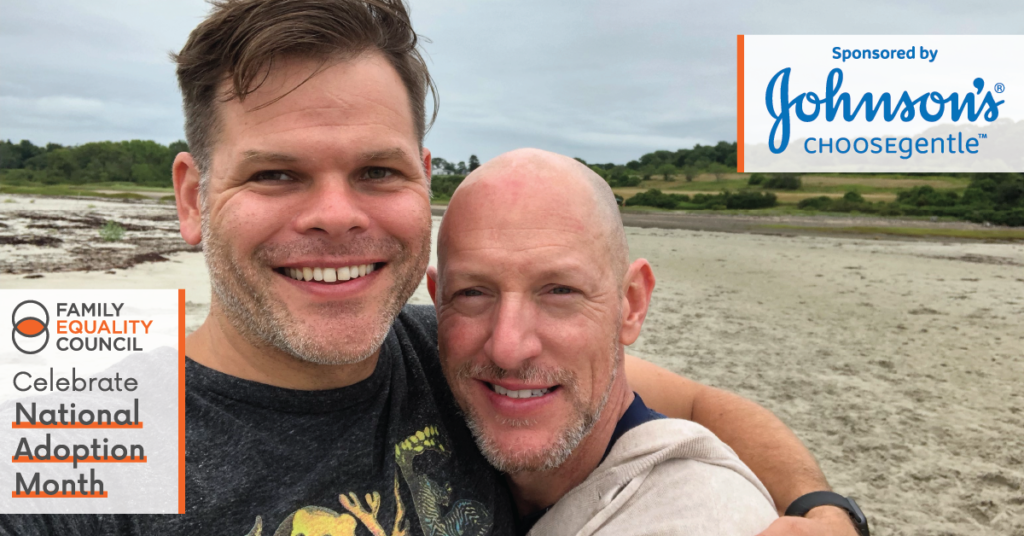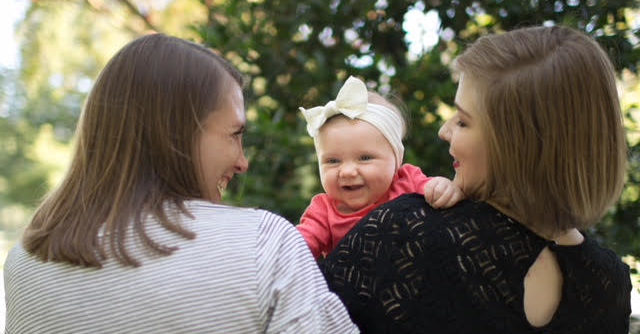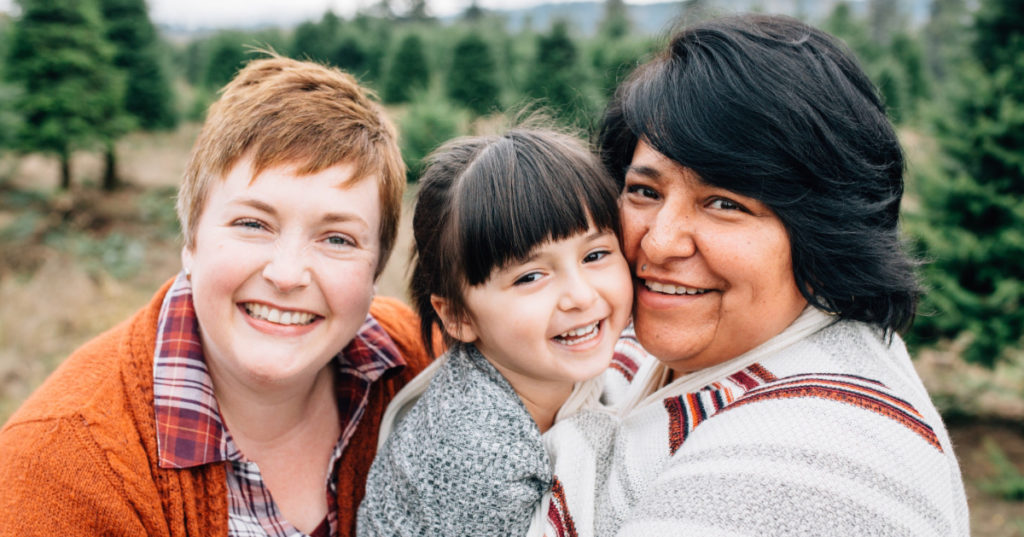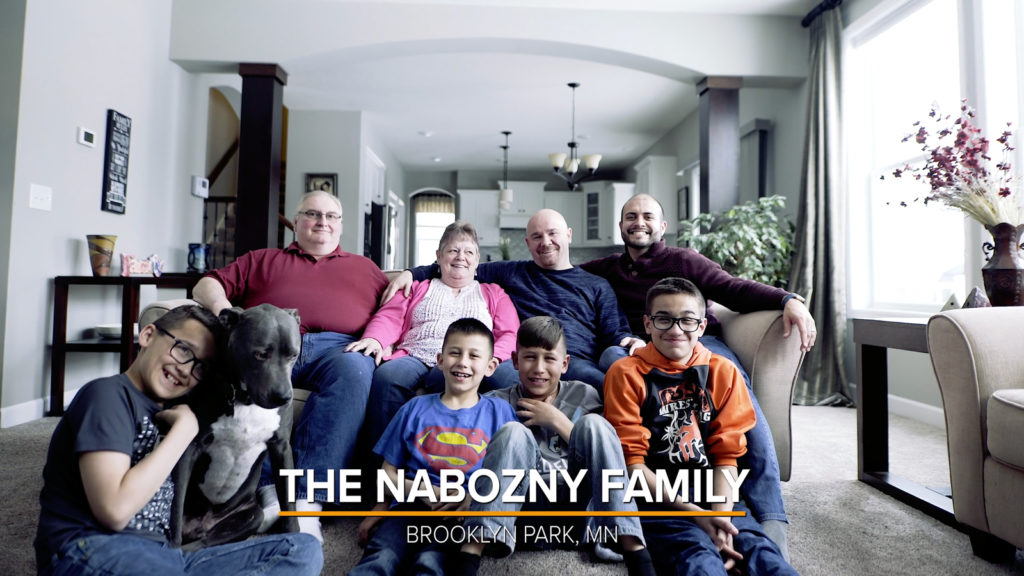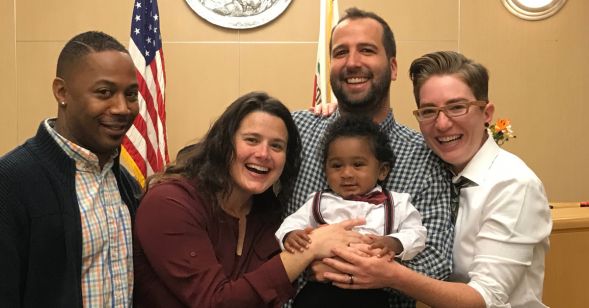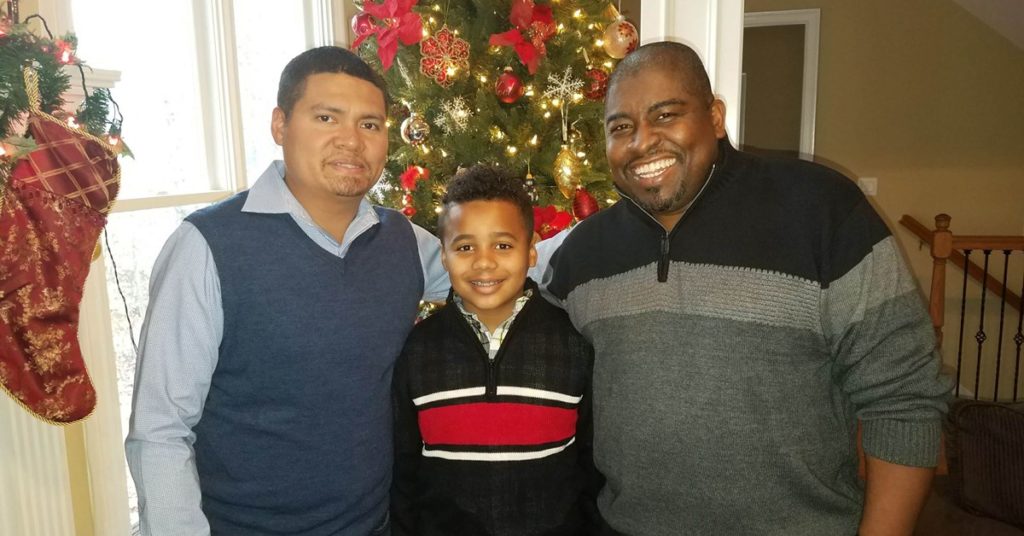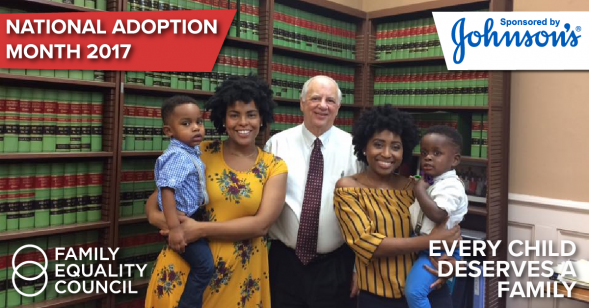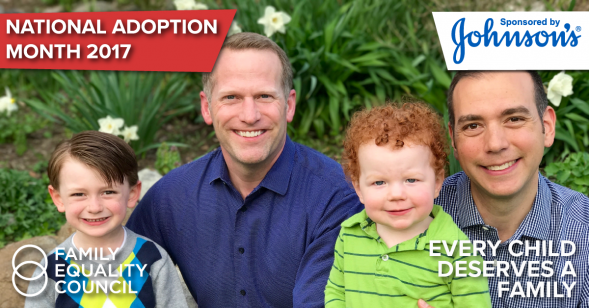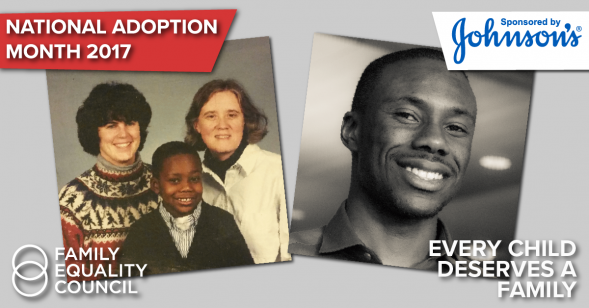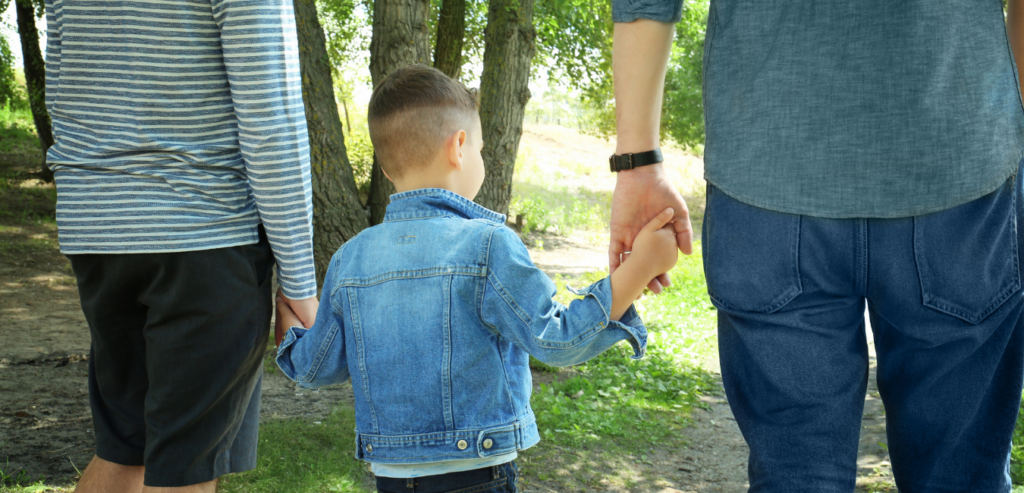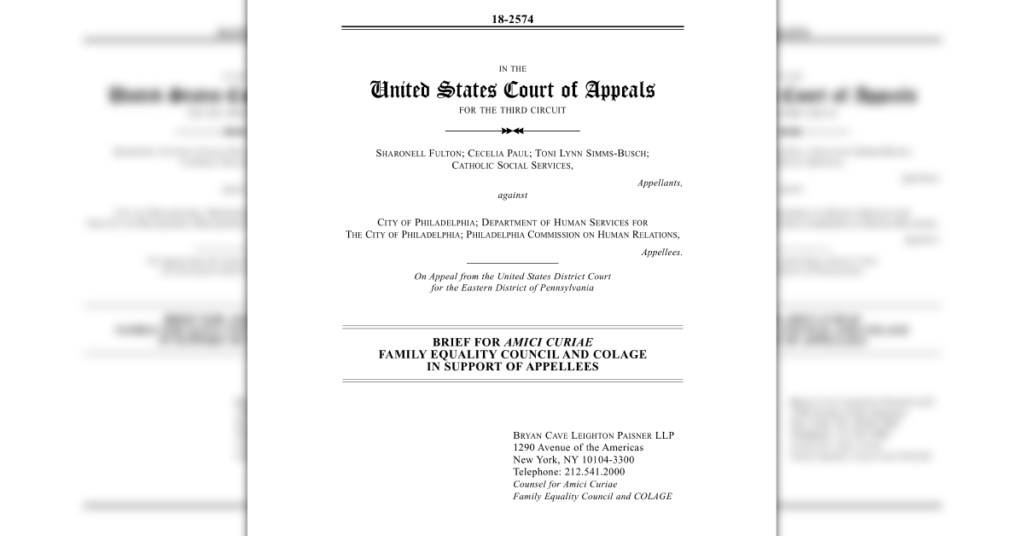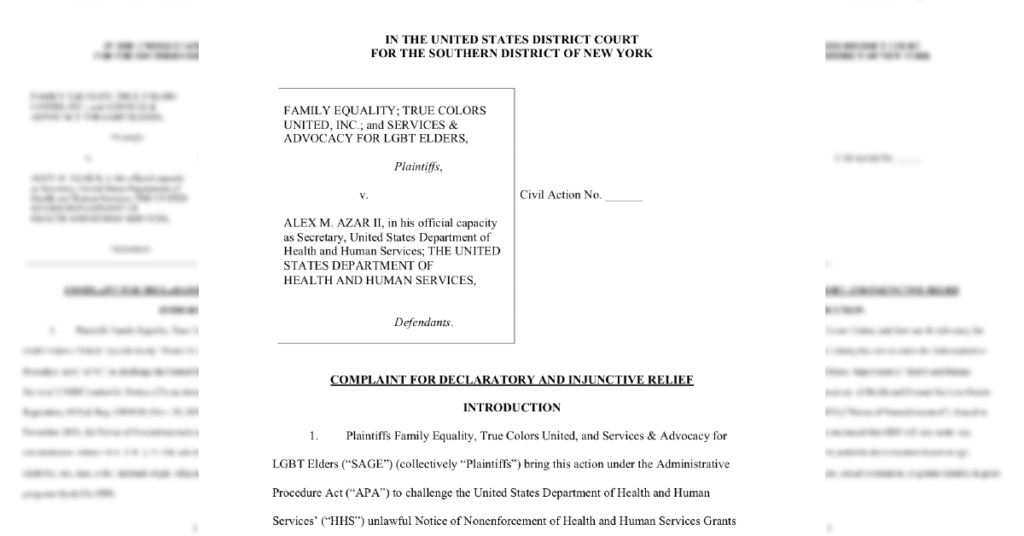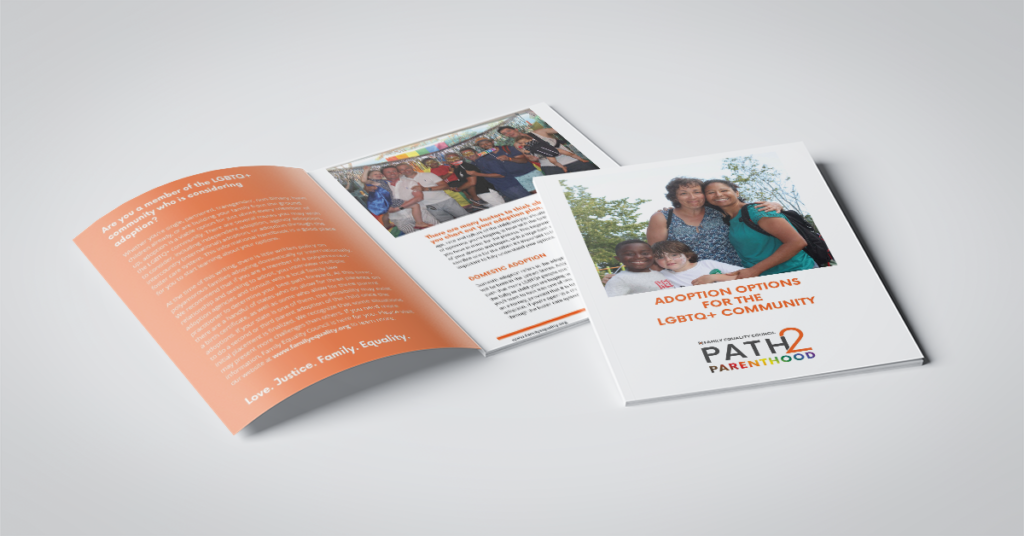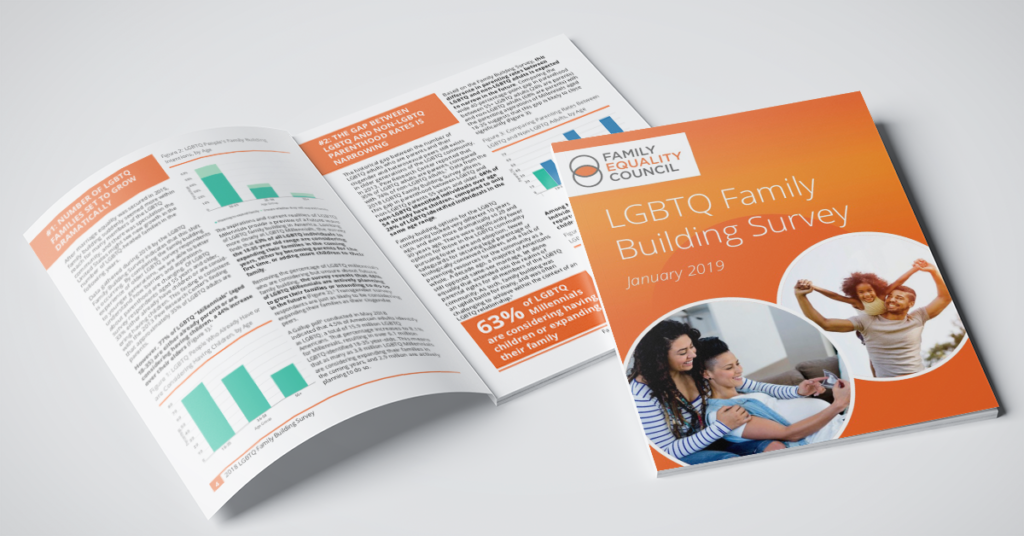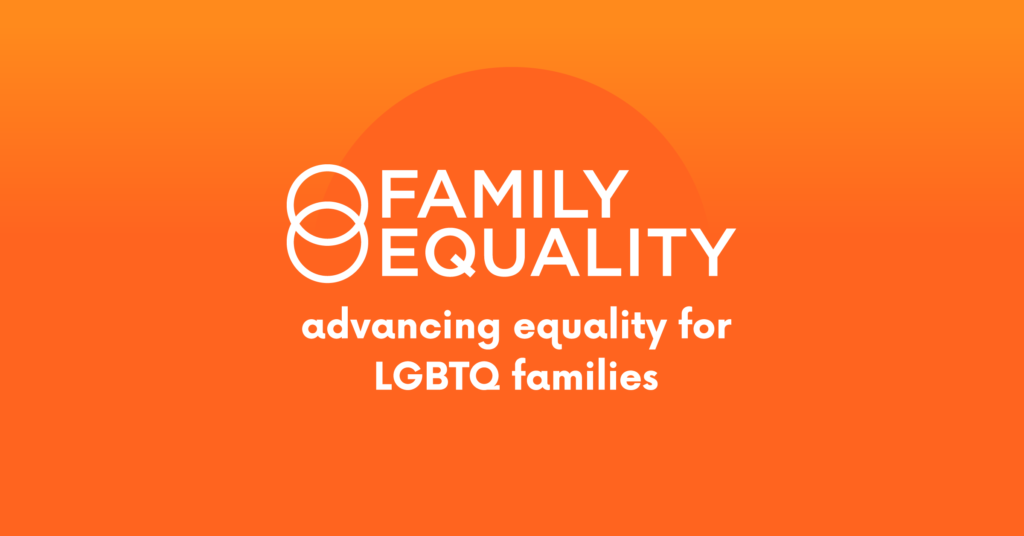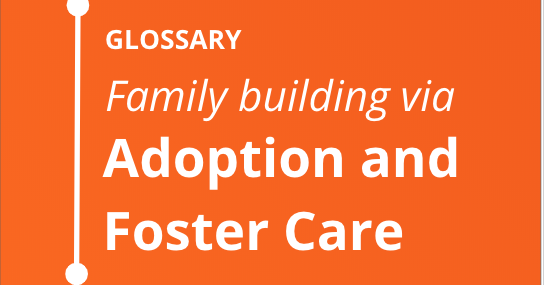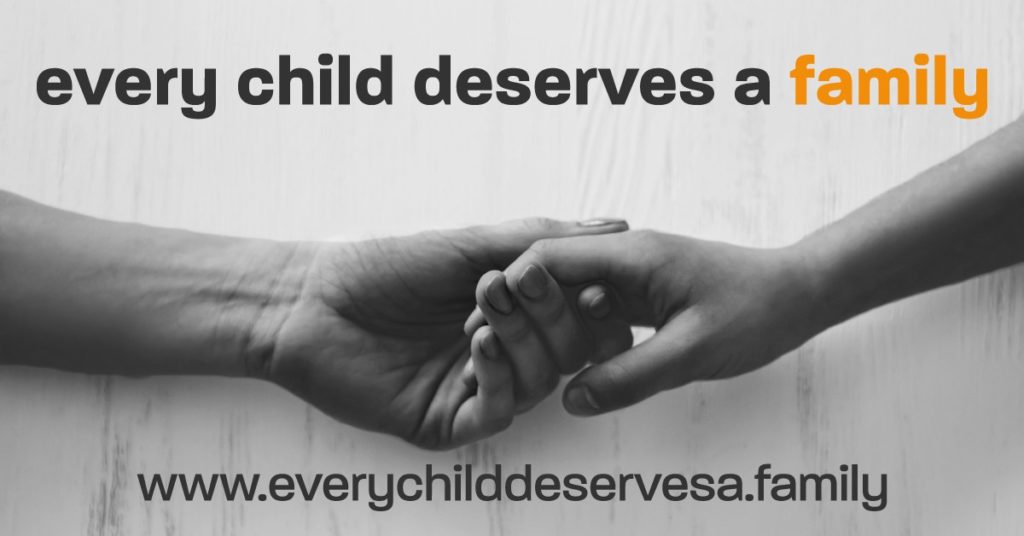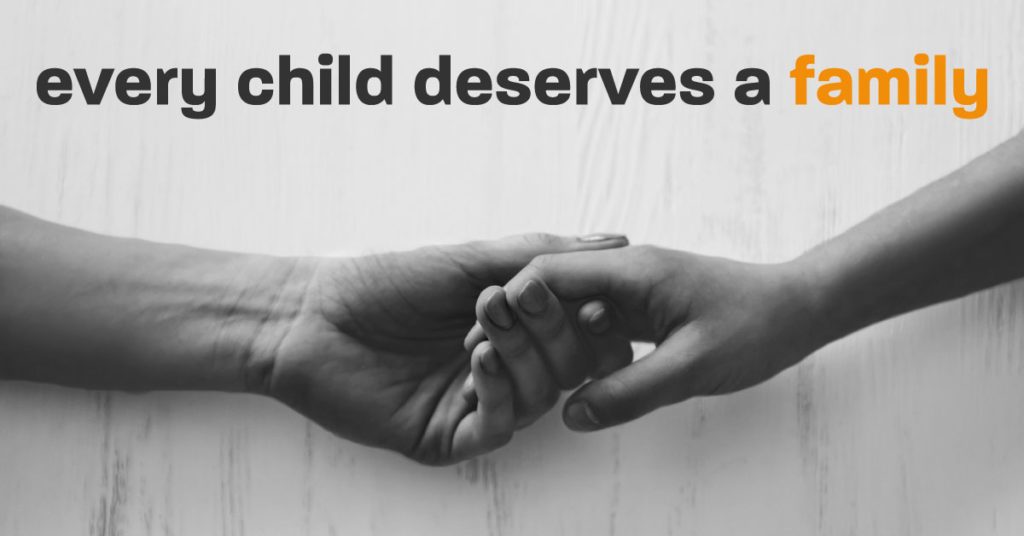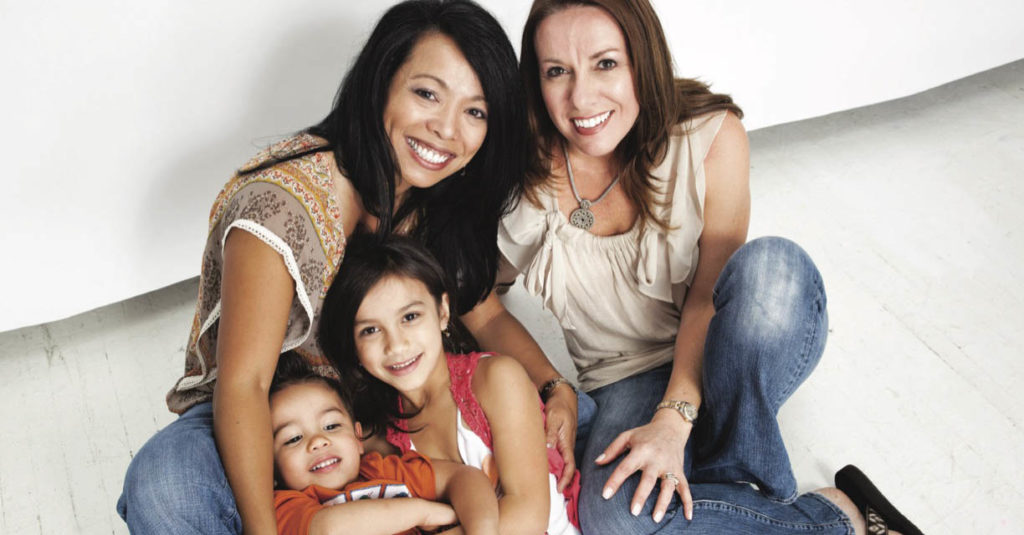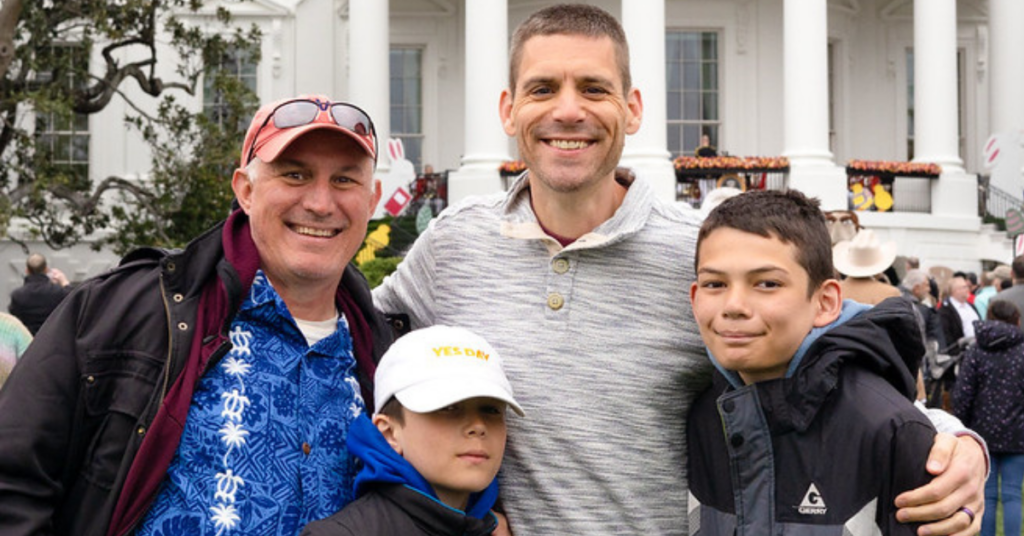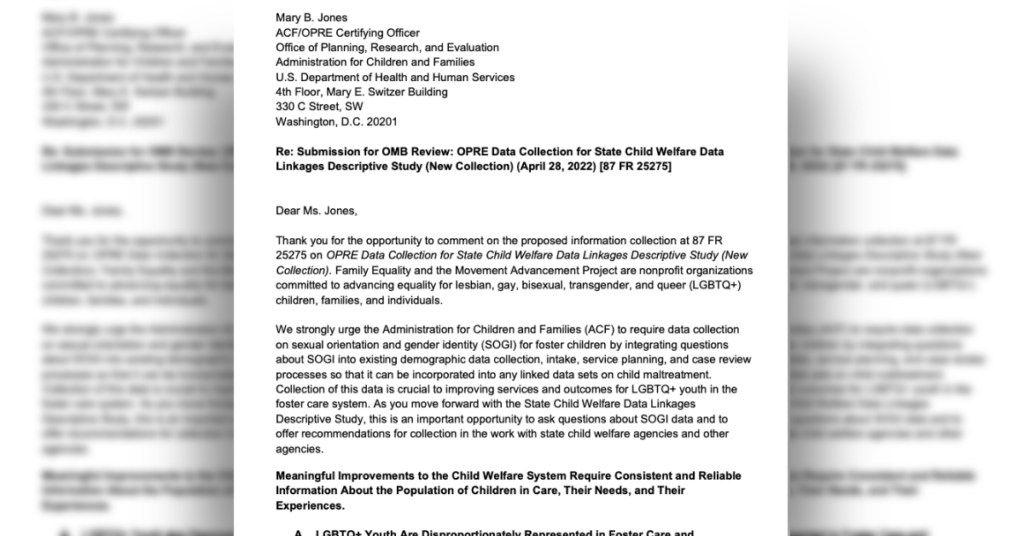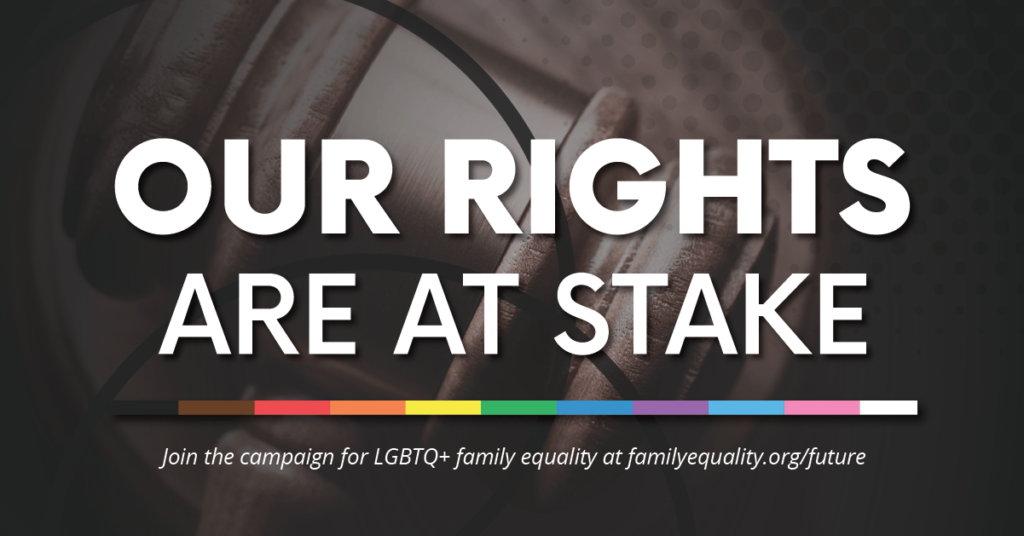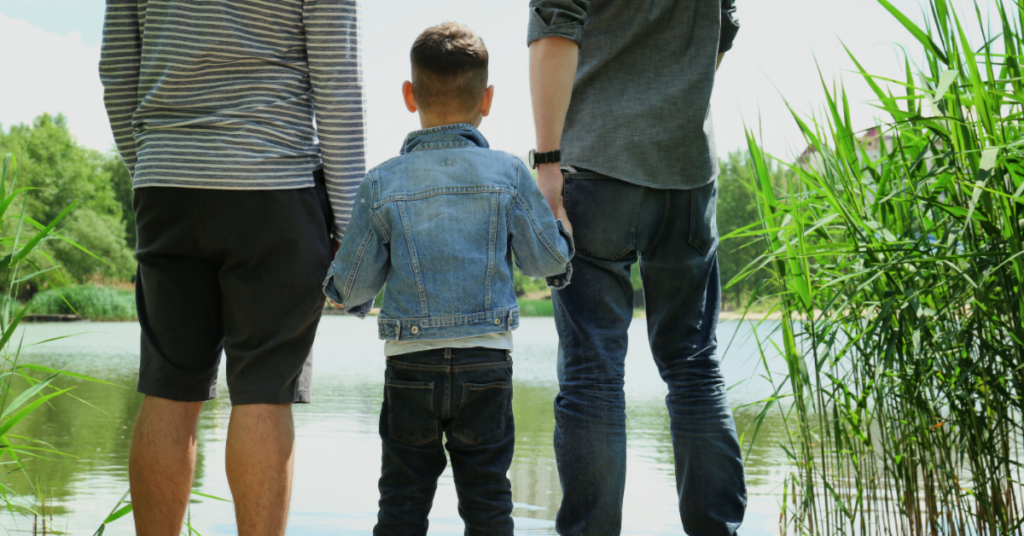
To hear more family formation stories view our story library or listen to Outspoken Voices and Shining Through the Clouds!
Adoption terms to know
A person who joins a family via adoption.
The creation, by a court, of parental rights and responsibilities between a child and an adult or adult couple.
A person or persons who become permanent parents with all the social and legal rights and responsibilities incumbent upon any parent.
Also called “biological parent,” this is the term used for the two persons who genetically created a child.
An adoption where there is no contact between birth parents and adoptive parents.
Short-term substitute care for children in the child welfare system.
An essential temporary Child Welfare (CW) service when the child’s safety cannot be ensured in his or her own home due to special circumstances necessitating out-of-home care on a temporary basis. Upon completing a rigorous interview and approval process, licensed foster care families welcome these children into their homes, which are inspected regularly.
A process whereby an individual or couple undergoes a study by a licensed public or private agency to ensure the well-being of the child in the home and the readiness of the family to adopt.
The legal act that establishes a family connection between the adopting person and the adopted person. Usually done in a courtroom setting, this act grants rights and responsibilities to the adoptive parent and child equal to those rights and responsibilities granted to families created by birth.
An adoption that allows for some form of association between the family of origin, adoptees, and adoptive parents. This can range from picture and letter sharing to phone calls, to contact through an intermediary, to open contact between the parties themselves.
This term includes all children who have been removed from their home and are living with a relative, non-relative, or in foster care.
Children will be placed in permanent guardianship, usually with appropriate relatives, if the parents’ rights have not been terminated but the child cannot safely return home.
The process of returning a child who has been removed from the home to the parents or guardians and ensuring that the child will remain safe. The majority of children who are removed from their home have reunification as their case plan goal.
The birth parents of a child voluntarily (of their own desire and choice) make an adoption plan for a child and relinquish their legal rights to the child.
The legal severing of ties between a birth parent and a child. These parental rights and responsibilities may be voluntary surrendered by the birth parent or, if the birth parent is proven unable to meet the child’s long-term needs, may by severed involuntarily through the court system.
Starting your adoption journey
The path your family takes to adopt depends on several factors including, but not limited to, need, cost, preference, and more. Common adoption paths include:
Private adoption (domestic)
There are two different types of private adoption within the United States: Agency adoption and adoption through an independent attorney.
Agency adoption is adoption handled by a private, licensed agency often for the purpose of adopting an infant outside of the foster care system. A private agency is not government-sponsored, but must meet state requirements to obtain and keep its licensed status.
Independent adoption refers to a type of adoption whereby the adopting parent works directly with an attorney throughout the adoption process instead of with an adoption agency.
The cost of adopting a child domestically, either through an adoption agency or with the help of an independent attorney, ranges from $20,000 – 45,000.
Foster-to-adopt placement
The definition of this adoption path varies somewhat from community to community but, in general, this term is used to describe the adoption by foster parents of a child, currently placed in their home, whose initial plan was reunification with birth parents, but after diligent attempts at reunification failed, has been changed to the goal of adoption. In this case, the child is in foster care upon entering the caregiver’s home and the caregiver is a licensed foster parent who has completed or is in the process of completing an approved adoption home study.
Adopting through the foster care system can generally be accomplished for under $2,600, and often entirely for free, as these adoptions are completed through the public child welfare system.
International adoption
International adoption is any adoption occurring when the child and the adoptive parents are from two different countries. Extra legal work through immigration services must be done to authorize an international adoption.
Adopting internationally, one of the most legally challenging options for LGBTQ+ people, has varying costs depending on the birth country of the child. Often, these costs range from $35,000 to $70,000.
Kinship care (or “Relative placement”)
Kinship care is continuous care provided for a child requiring out-of-home placement by a relative, stepparent, or other responsible adult who has a bond or tie with the child or a family relationship role with the child’s parent(s) or the child prior to the child’s entry into foster care.
Kinship care is often entirely free, although there are costs associated with caring for and raising a child as well as any potential legal fees.
Additional resources related to LGBTQ+ adoption

LGBTQ+ foster and adoption laws
While LGBTQ+ people can legally adopt in all 50 states, certain agencies still discriminate against LGBTQ+ prospective parents, and there are a few states that allow taxpayer-funded agencies to turn away LGBTQ+ parents because of their religious beliefs.

Help us end discrimination in child welfare!
There are hundreds of thousands of youth in foster care, many of whom are waiting to be adopted. It’s time to end discrimination in adoption and foster care — starting with the passage of the John Lewis Every Child Deserves a Family Act.

